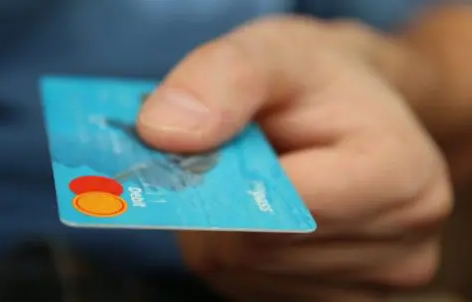Blog Post
Fuel Fraud – How You Can Guard Against It
By Jasmine Capetillo & Lindsay Wood
December 20, 2022

Fuel card fraud can take several forms most commonly categorized as external fraud and internal fraud. External fraud takes place when a fuel card is stolen or the data on the card is compromised. Internal fraud takes place when employees breach fleet policy or manipulate the fuel card system to purchase fuel for purposes not related to the company vehicle. External and internal fuel card fraud includes:
External Fraud
Skimming – ‘Skimmers’ are electronic devices that bad actors install in credit card readers to capture credit card data for cloning purposes. The FBI estimates that skimming costs financial institutions and consumers $1 billion annually.
‘Swipe and Go’ Cards – Our fleet fuel cards require drivers to use a unique PIN to make a purchase, but many credit cards do not require this verification step allowing anyone to use them.
Data Hacking – Masquerading as a trusted source, bad actors can use email or text to get fleet drivers to disclose their fuel card information which is also commonly referred to as business email compromise (BEC). They can also hack into the data sources to obtain confidential credit card information for resale.
Internal Fraud
Personal Purchases – This happens when employees use their fuel cards to make unauthorized purchases such as non-fuel items for themselves or others which is a blatant disregard for and misuse of company benefits.
Fuel Theft – When employees use other tanks such as a personal carry-on tank or a ‘bladder tank’ to put fuel in instead of completely filling up their company vehicles. Another example is when an employee uses their fuel card to put fuel into another person’s vehicle.
So, what can you do to avoid both internal and externa fraud? Here are a few suggestions we recommend:
Keep pins secure – Do not keep your pin and your card together – instead memorize the number. Additionally, do not give your pin to anyone else.
Use fuel pumps in safe locations – Avoid pumps that are out of sight of the clerk or far away from the building as those are more likely to have skimmers on them. Additionally, look for stickers or other signs that the pumps are regularly inspected.
Look and feel for skimming devices – Take a good look at the keyboard, card reader and seal before putting your card in. To place a skimmer inside a fuel pump, fraudsters must open the fuel dispenser door to insert the skimmer. If it’s hard to put your card in or something just doesn’t feel right, move on.
Pay inside, rather than at the pump – There is less chance a fraudster placed a card skimmer on the payment terminal in front of the clerk inside the fuel station.
Report at-risk cards or pins – If a PIN or fuel card is compromised for any reason, lost or stolen, cancel it immediately.
Being Proactive Through Fuel Reporting
Beyond the above safeguards, Wheels Donlen fuel reporting can provide even more due diligence in identifying how drivers are using their fuel cards and where transactions may be considered suspicious. Some key areas to review are:
- Purchases over fuel tank capacity
- High dollar purchases
- Multiple transactions in a single day
- Vehicles with low miles per gallon (MPG)
Any of the above circumstances could be an indicator of fraud or misuse of the fuel card.
High Alerts
Finally, our fuel card partners employ high alerts that are triggered when activity outside normal patterns is detected. Due to the high volumes of counterfeit fraud occurring at fueling stations across the United States, our partners have made significant investments in fraud detection processes and analytics to stop fraud in its tracks.
Do you want to learn more about the value our fuel program brings, contact us now.